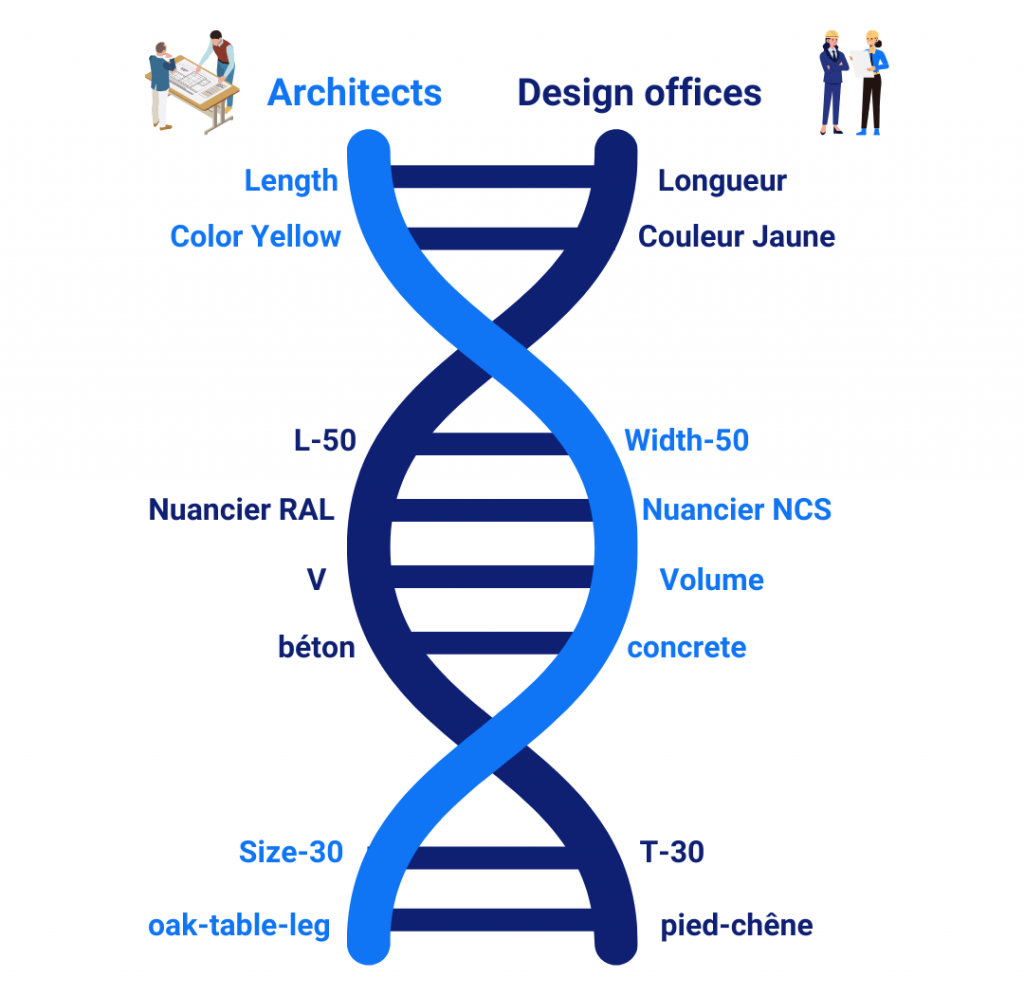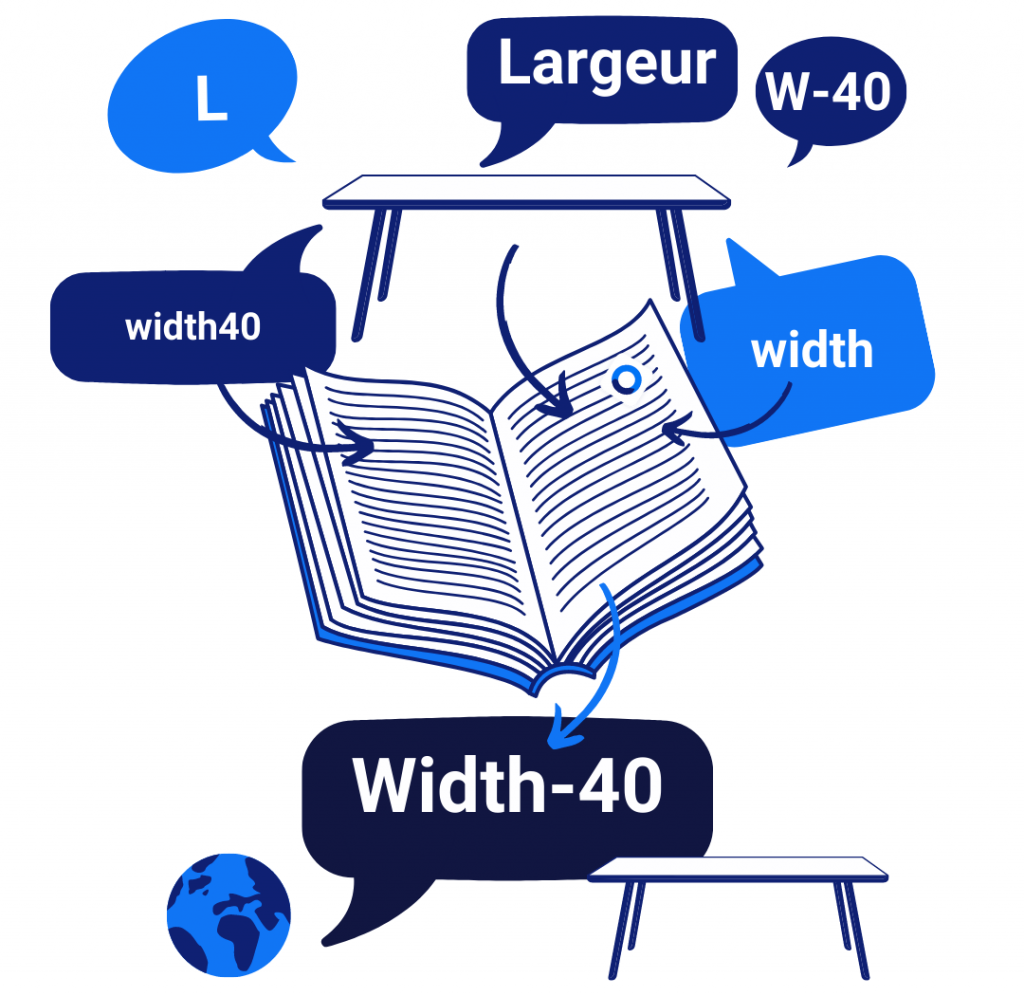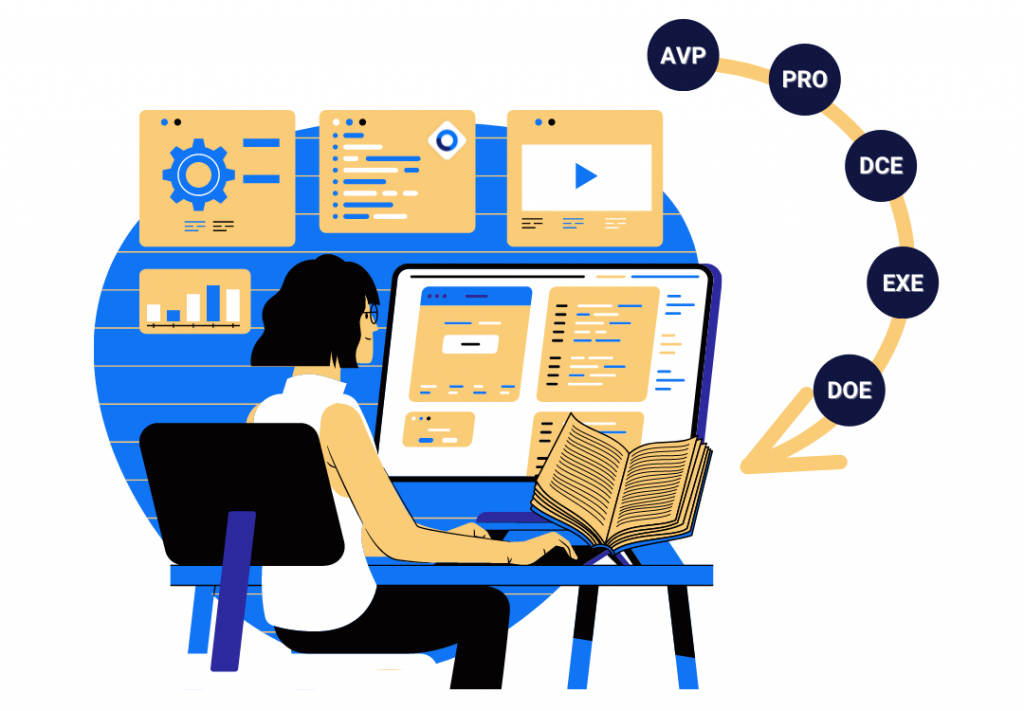In BIM, the execution of agreements implies the respect of the development of a global repository on the project in question. For companies that are more developed in BIM, there is also a repository to be respected in the company’s charter.
For the participation of external parties to easily enrich its data and models, it requires a simple workflow to adapt the different objects and models to each other. Without this, there is a lack of consistency and understanding in the presence of information in the BIM objects.
It also becomes difficult for these external people to collaborate properly around the BIM object library when their activities are restricted.
To address these issues, BIM Repositories are responsible for enforcing the required project repository, to facilitate collaboration between all. So what is a project repository? And what are the advantages and difficulties that can be encountered? This article tells you everything you need to know.
- What is a project repository?
- Why use a project repository?
- What difficulties are encountered with the project repository?
What is a project repository?
The project repository or data repository in a BIM project encompasses different elements: the dictionary, naming conventions, generic objects and object classification.
The dictionary is a linguistic repository containing all the consensually defined vocabulary. This tool must be understood in the same way by all the actors of a common BIM project, without other possibilities of interpretation. The aim is to consolidate the exchange of information in order to facilitate interoperability. Thanks to this, the BIM project actors will be able to integrate the specificities of their professions while being assured of the quality of the data exchanged, but also of the respect of the various standards.
Naming conventions are also included in the project repository. These make it possible to adapt the BIM object library to the name of a specific client. It becomes possible to upload and share objects between its projects and corporate library by translating the equivalent parameters from one environment to another. These naming conventions are defined for a single language.
Generic objects can also be included in the project repository. As a reminder, these objects describe a work, a part of a work or a component without reference to a specific product, brand or solution. They include a data structure comprising a generic descriptive model and a generic geometric model of an object allowing a BIM object to be generated via a business application.
The Onfly repository also includes an object classification feature, allowing BIM project stakeholders to search for their objects more efficiently. In Onfly, an object can be associated with a single classification node per classification, and each classification node can have properties. These properties are then associated with the object when you add the classification to it.
Why use a project repository?
Obtaining a project repository brings many advantages for achieving quality BIM projects:
- Unlike a company repository, which can only be accessed by the members of its team, the project repository allows, as its name indicates, to collaborate with people outside the company. People from outside the company are given additional rights, in particular to edit and publish the object.
- The project repository also allows the project owner to define his needs upstream for the exploration phase, such as for example that of a CMMS software. It is also possible to manage the repository at the project level, providing flexibility in the provision of classifications in each project.
- The repository facilitates interoperability and also helps to build robust digital as-built records. Read more about how openBIM facilitates the implementation of digital as-built records in our previous blog.
What are the challenges around the project repository?
Building a repository is not without its challenges.
- When you are about to define your repository, it is essential to know your needs beforehand.
- Once the repository has been defined, it is also very important to ensure that it is progressively enriched throughout the project.
- A third challenge often encountered is that of incompatibility between the properties of project repositories and company repositories.
- Finally, the person with the necessary information does not always have access to the repository, and therefore cannot easily enrich it.
If you have ever experienced any of these difficulties, then Onfly’s new Project Space is for you. You can try our solution for 14 days, under this link!



